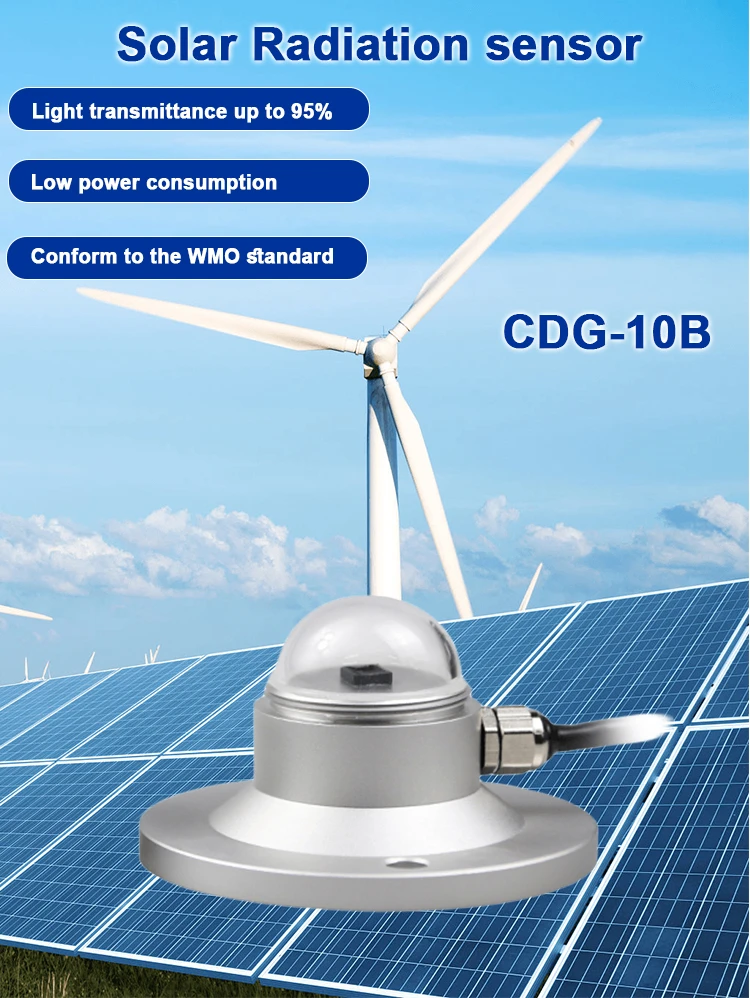irradiation vs radiation
It is important to know the difference between solar radiation and solar irradiation. This is key for people in solar energy, weather, or climate science. Here is a clear explanation of each term and how they differ.
To explain the difference between solar radiation and irradiation, we can use a few key ideas. Solar radiation is the total energy that the Sun gives off. This energy includes visible light, infrared rays, and some ultraviolet (UV) light.
However, it does not include gamma rays. The fusion processes in the Sun’s core do not create gamma rays. Most gamma radiation from space is absorbed by Earth’s atmosphere.
Irradiation is when we expose a material or a living thing to radiation. This can be ionizing or non-ionizing radiation. It also measures the amount of radiation hitting a surface. For example, when an object gets gamma rays, it undergoes irradiation.
Gamma rays are a kind of strong radiation that comes from radioactive materials. Both the exposure and the level of gamma radiation on the object’s surface are part of this process.
It is important to know that solar radiation can cause harm. The Sun’s UV rays can hurt the skin. But irradiation can come from source of radiation other than the Sun.
It also includes radiation made by humans. This can happen in medical imaging, where gamma radiation is used. In this case, a patient is exposed to radiation for diagnosis.
This shows that solar radiation is a unique source of energy. On the other hand, irradiation is the action of radiation interacting with a target. Ionizing radiation, such as gamma rays, is a type that can cause harm.
Definitions and Focus
Solar Radiation
Solar irradiation measures the total solar energy that a specific area gets over a certain time. It shows how much solar energy builds up over time.
Characteristics of Solar Radiation:
The text shows how much energy the sun makes. This is measured before it gets to Earth’s atmosphere or surface.
At the top of the atmosphere, solar radiation is known as the solar constant. It is about 1361 W/m².
It includes direct radiation and diffuse radiation. Direct radiation is sunlight that reaches Earth straight. Diffuse radiation is sunlight that spreads out in the air.
Solar Irradiation
Solar irradiation measures the total solar energy received in a specific area over a certain time. It shows how much solar energy builds up over time.
Characteristics of Solar Irradiation:
It is measured in watts for each square meter (W/m²).
It can also be measured in kilowatt-hours for each square meter per day (kWh/m²/day).
Irradiation looks at how long the exposure continues. This makes it a good way to measure how well solar panels work.
Cloud cover, weather, and the angle of the sun all impact irradiation levels.
Key Differences
irradiation vs radiation
**Immediate vs. Cumulative:** Solar radiation measures energy output right away. Solar irradiation shows the total energy over time.
**Units of Measurement:** We measure solar radiation in watts for each square meter (W/m²). We measure solar energy in two ways. One way is in watt-hours per square meter (Wh/m²). The other way is in time-based units like kilowatt-hours.
Context of Application
Solar Radiation
This term is often used in fields like weather, climate science, astronomy, and energy studies. It helps us see how solar energy affects Earth’s environment and climate. It also shows how we can use this energy. For example:
– We study how changes in sunlight affect temperature, rainfall, and other climate factors.
– Assessing the potential and practicality of using solar energy resources.
Solar Irradiation
In contrast, fields such as engineering, materials science, architecture, and agriculture often use solar energy. This is important because it shows how well we collect solar energy and turn it into usable power. For example:
In photovoltaic (PV) systems, solar irradiation data helps us find energy output. It also shows how well the system works.
In farming, studying sunlight helps us see how it impacts crop growth and harvest.
Focus Distinction:
Solar radiation tells us how strong the sunlight is at a certain time. In contrast, solar irradiation looks at energy potential over time and its long-term effects on climate.
Summary
Both terms are about how the sun’s energy interacts with Earth or certain objects. They focus on different things and have different uses.
Solar radiation means the features of sunlight. Solar irradiation looks at how solar energy affects surfaces and the world. The right term depends on the study’s purpose and context.
